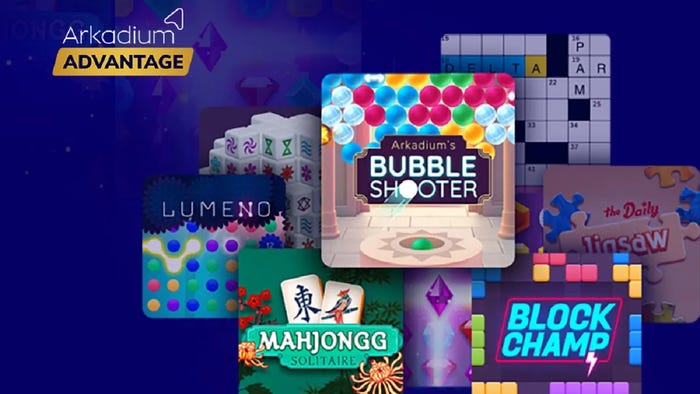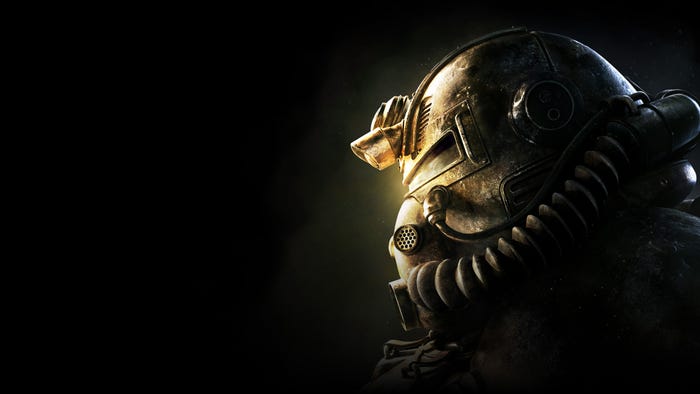"The Pixies song 'Tame' is just super quiet verses and then totally explosive choruses. We really wanted to achieve this polarized, dynamic effect in our game."

The Aquatic Adventure of the Last Human (Aquatic Adventure) lulls players into a tranquil state as they explore a beautiful unthreatening undersea world trying to solve a mystery. But then it occasionally hits players with monstrous undersea creatures that are well-nigh impossible to best.
Josef Martinovsky, the co-creator of the well-received game, says that these smash-cut changes in mood and level of challenge were inspired by a much-beloved alt rock band.
"It's like The Pixies in songs like 'Tame,'" he says. "That song is just super quiet verses and then totally explosive choruses. Those choruses and whispering verses really get imprinted in one's memory and they symbiotically elevate each other. The silence becomes quieter and the screams become harsher. We really wanted to achieve this polarized, dynamic effect in our game."
The game was made by YCYJ, a Swedish indie game studio consisting of Martinovsky and Christopher Andreasson. The two began with the idea for a setting that both scared and awed them.
"I have always been both fascinated and frightened by underwater environments and creatures." says Andreasson.

"The game world really feels desolate, and it emphasizes the loneliness of being the last of your species."
Aquatic Adventure takes place thousands of years after humanity has fled Earth, having caused an unknown catastrophe that buried the planet under water. Now, the last human in existence returns, piloting a sub through luminescent caverns and pitch-black seas as they try to piece together clues and learn what doomed mankind.
"I was really excited about drawing an underwater world because there are soooo many weird things underwater, and I like that everything moves and sort of dances." says Martinovsky. The setting allowed him to create striking life forms, taking special care in how they move as they pass through the water.
"You know from the get-go (or from reading the game's title) that there is little hope for humanity," says Andreasson. "Our focus was rather on the history of human civilization than the last human itself."
There is a reason why the humans have died out, and it is discovered by exploring the game world. "Having a voice-over, or notes that the last human is writing, would put too much focus on a character and less on the actual environment that we wanted to highlight." says Martinovsky.

The remnants of human society are everywhere in the game world. "The empty cities, and car parks and suburbs are lonely to us in the game because we imagine them having been full of families, movement, and familiarity." says Martinovsky.
When the human aspect is stripped out, they become like hollow rocks -- like a part of the fauna," he adds. "I'm sure there is a lot of life -- crabs and small fish and bacteria -- living in our ruins. We just need to be reminded that the lack of human life isn't the lack of all life."

For the majority of the game, combat is minimized. Most of the sea life won't damage the player's sub on contact, something that may surprise when the first huge fish just passes harmlessly by.
"We were pretty set on making the game feel more relaxing than most classic action-adventures since we wanted players to have the time to look at the surroundings and listen to the music and generally explore" says Martinovsky. "You know, take it all in without hoards of generic enemies attacking. Enemies take focus off of the place and get in the way of just taking it in."
"The more peaceful approach fits the theme very well. The game world really feels desolate, and it emphasizes the loneliness of being the last of your species." says Andreasson.

But there are moments of conflict lurking beneath the sea. "I'm really scared of the ocean, but it's one of those fears that I like to challenge," says Martinovsky. "Every time I'm by the sea or ocean with big waves I want to jump in and fight the water."
Players of Aquatic Adventure encounter fearsome bosses that have been designed to crush all but the most careful and determined foes. These monstrous creatures require dozens of hits from specific weaponry, but they can kill the player with just a few impacts. "It would feel weird if giant sea creatures were easy to overcome," says Andreasson.
The player's vessel is tiny on the screen, which makes them feel even more insignificant while exploring the beautiful undersea world...and more vulnerable during the battles with sea creatures.
"The fact that you die so easily and the threats are so large and deadly increases that theme of fragility without words and art but purely by the gameplay," says Martinovsky. "This makes you feel small."

Difficulty makes these moments stay with the player, but so does the sudden switch from peaceful exploration to combat. With fighting being so infrequent, its importance and danger are intensified.
It creates a fear and respect for the world the player inhabits, as it is unclear when one of these powerful beasts will rear up out of nowhere and end the journey. It also creates a powerful sense of mortality - that life can end in a single instant, The also strengthens that sense of visiting a planet that no longer needs or wants you.
Read more about:
2016About the Author(s)
You May Also Like









